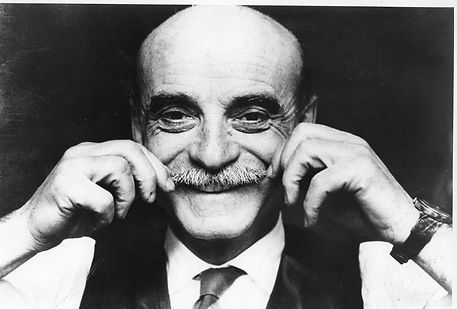FONTANA
LUCIO
Lucio Fontana was born in 1899 in Rosario de Santa Fe (Argentina).
At the end of the war, he studied art at the Academy of Brera in Milan, Italy. After that, he settled in Argentina for a few years, where he started creating his first sculptures.
In 1928, Fontana returned to Italy and began exploring all the aspects of matter, in a quest to give form to the concept of purified art which really fascinated him. Two years later, he co-founded the group “Astrattisti Italiani.” His first personal exhibition was in 1930. From 1939 to 1945, he found refuge back in Buenos Aires, in an attempt of escaping the war. Finally, in the post war period, Fontana reaches his artistic peak when he begins piercing, tearing and slashing the canvas of his paintings, in an attempt of escaping the physical space dictated by art history which is enclosed within the actual matter of which artworks are made of. In 1946, he writes the “Manifesto Blanco,” an essay anticipating the beginning of experimental, mobile and dynamic art, a radical change in the artistic scene of the time.
In 1947, he returned to Milan and published the “Manifesto Spaziale.” At the end of the decade, Fontana continued in his exploration of artistic concepts and began conceiving works made of neon-tubes with the objective of creating art through diverse spatial environments. In the 60s, he will go back to producing paintings and sculptures following the same idea of creating art through space.
Lucio Fontana passed away in 1968 in Varese, Italy.








